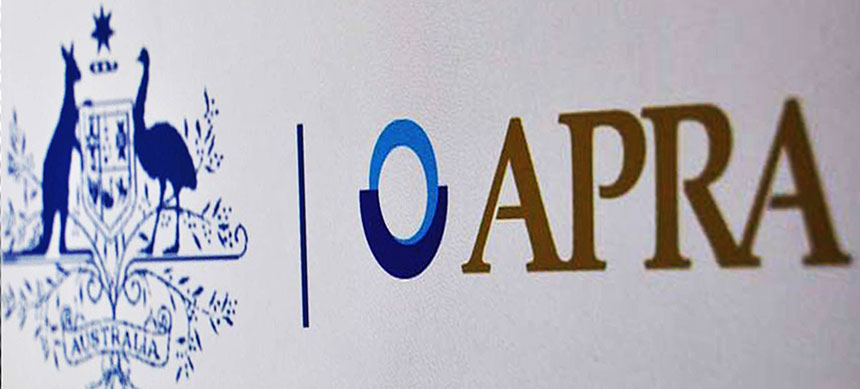The Australian Prudential Regulation Authority (APRA) has today released the final revised Prudential Standard APS 210 Liquidity (APS 210) and Prudential Practice Guide APG 210 Liquidity (APG 210) which incorporates, among other things, the Net Stable Funding Ratio (NSFR) requirements for some authorised deposit-taking institutions (ADIs).
APRA’s objective in implementing the NSFR in Australia for ADIs that are subject to the Liquidity Coverage Ratio (LCR), implemented in 2015, is to strengthen the funding and liquidity resilience of these ADIs.
The NSFR encourages ADIs to fund their activities with more stable sources of funding on an ongoing basis, and thereby promotes greater balance sheet resilience. In particular, the NSFR should lead to reduced reliance on less-stable sources of funding, such as short-term wholesale funding, that proved problematic during the global financial crisis.
The release of the final prudential standard and prudential practice guide on liquidity follows submissions received on APRA’s September response paper: Basel III liquidity – the Net Stable Funding Ratio and the liquid assets requirement for foreign ADIs. APRA has released today a letter addressing the issues raised in these submissions, while APRA’s final position also takes account of comments received in submissions to the initial March 2016 discussion paper on these matters.
APRA Chairman Wayne Byres said ‘the final policy settings will reinforce the steps that ADIs have taken to strengthen their funding profiles in recent years, and ensure that strengthening is sustained over the long term.’
In addition to addressing the Net Stable Funding Ratio requirements, the final APS and APG 210 released today also address a number of other changes noted in the September response paper. The new APS 210 will commence on 1 January 2018, while the new APG 210 replaces the existing APG 210 from today.
Liquid assets requirement for foreign ADIs
As noted in the September 2016 response paper, APRA will retain the 40 per cent LCR as the default liquid assets requirement for foreign ADIs, but allow foreign ADIs with simpler business activities to apply to use the alternative Minimum Liquidity Holdings (MLH) approach.Background information
Q: What is the Net Stable Funding Ratio (NSFR)?
A: The NSFR is a quantitative global liquidity standard established by the Basel Committee on Banking Supervision that seeks to promote more stable funding of banks’ balance sheets. The standard establishes a minimum stable funding requirement based on the liquidity characteristics of an ADI’s assets and off-balance sheet activities over a one-year time horizon, and aims to ensure that long-term assets are financed with at least a minimum amount of stable funding.Q: Why is APRA introducing the NSFR?
A: The NSFR seeks to promote more stable funding of banks’ balance sheets. As the Basel Committee on Banking Supervision noted, when announcing its new international liquidity framework in 2009, throughout the global financial crisis many banks had failed to operate with adequate liquidity and unprecedented levels of liquidity support were required in order to sustain the financial system. The crisis illustrated how quickly and severely liquidity risks can crystallise and certain unstable sources of funding can evaporate, compounding concerns related to the valuation of assets and capital adequacy.Q: Which ADIs will the NSFR apply to?
A: The NSFR will apply to those locally-incorporated ADIs that are also subject to the Liquidity Coverage Ratio (LCR). There are currently 15 LCR ADIs: AMP Bank; Arab Bank; Australia and New Zealand Banking Group; Bendigo and Adelaide Bank; Bank of China; Bank of Queensland; Citigroup; Commonwealth Bank of Australia; HSBC Bank; ING Bank; Macquarie Bank; National Australia Bank; Rabobank Australia; Suncorp-Metway; and Westpac Banking Corporation.Q: Why is APRA only applying the NSFR to ADIs with the Liquidity Coverage Ratio (LCR)?
A: Non-LCR ADIs typically have simpler funding models with most of their balance sheet funded by their deposit base which is considered to be a more stable source of funding. Given the balance sheets of these ADIs will already be financed with significant amounts of stable funding, APRA does not consider there would be any additional benefits from the imposition of the formal NSFR framework for these ADIs.

